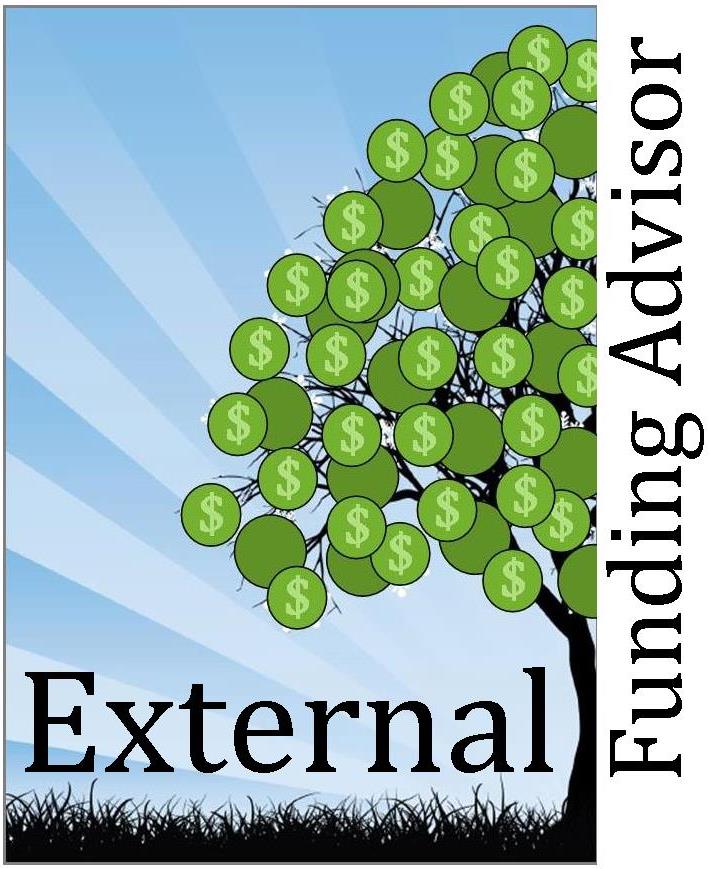Office of Sponsored Programs Administration & Accounting
|
||
|
||
Notice:Business Hours: Monday - Friday, 8:00 - 5:00pm |
||
Updates from the Director |
||
|
CAUTION: JANUARY DEADLINES ARE CLOSER THAN THEY APPEAR With two weeks left before winter break, there is very little time to work on funding proposals before January 4. We highly encourage you to contact us NOW about proposals due next month because January is shaping up to be a very busy month for deadlines. Factor in limited staffing in the Office of Sponsored Programs AND the potential for inclement weather and we may encounter a situation where your deadline will be missed. We will be adhering to the FIVE DAY BUSINESS RULE so that we can ensure that all proposals are complete, compliant, and submitted on time. That means submit all final materials to the Office of Sponsored Programs at least 5 business days prior to the sponsor’s published deadline. This will ensure that we have resources available to complete your proposal and provide the best opportunity for a successful application. Consider Year-End Transactions on your Grants Now Please process your PAR forms for the fall salary and any salary related Accounting Transaction Vouchers (ATVs) by the first week of January. This will help to avoid misinformation related to the fall effort reporting cycle. |
Timely Topics |
|
National Science Foundation Updates Public Access to Results (PAR) of NSF-funded Research The National Science Foundation (NSF) implements new public access requirements for awards resulting from proposals submitted, or due, on or after January 25, 2016. Products of NSF-funded research that are either the version of record or the final accepted manuscript in peer-reviewed scholarly journals and papers in juried conference proceedings or transactions must:
Principal Investigators are responsible for meeting the public access requirements and must ensure that all researchers who work on projects funded in whole or in part by NSF grants or cooperative agreements comply with the public access policy. The OSP will issue additional updates on this initiative as they become available. For more information, please refer to the official NSF announcement: http://www.nsf.gov/news/special_reports/public_access/ New Proposal & Award Policies & Procedures Guide (PAPPG) (NSF 16-1) The new PAPPG will be effective for proposals submitted, or due, on or after January 25, 2016. Significant changes include:
NSF Also Tightens Scrutiny on Biosketches Reminder: Do not submit any personal information in the biographical sketch. This includes items such as phone numbers, e-mail addresses, address, fax, or cell phone numbers, marital status, personal hobbies, and the like. Such personal information is not appropriate for the biographical sketch and is not relevant to the merits of the proposal. The section “Collaborations” will be removed from the new required NSF biosketch and will be uploaded separately as a single copy document. NIH Updates NIH rolls out new forms (FORMS C and D) and new grant policies (NOT-OD-16-004, NOT-OD-16-005. The Forms C will be effective for applications with due dates between 1/25/2016 and 5/24/2016. Forms D will be effective on or after 5/25/2016 and are still under development. Reference the new FORMS-C application guide. IRB Redefinition: NIH redefined the age of a child for the purposes of NIH's inclusion policy to individuals under 18 years old instead of under 21 years old. Vertebrate Animals Update: NIH will remove redundancy with Institutional Animal Care and Use Committee review while meeting the requirements of the Public Health Service Policy on Humane Care and Use of Laboratory Animals. Changes include:
NIH is Getting Serious about Biosketch Compliance On November 5, NIH started sending email notifications to applicants indicating reviewers found one or more biosketches that did not comply with the current biosketch format (NOT-OD-15-032). These letters are currently just warnings and require no action on your part. However, they do demonstrate NIH’s commitment to enforcing compliance with biosketch policy.
What does it mean to have a compliant NIH biosketch? eRA systems ensure some biosketch rules are met by flagging errors upon submission. Applications that violate these auto-compliance checking rules won’t even move forward to NIH for consideration.
There are additional rules you must follow to be compliant that aren’t systematically caught by eRA systems but by reviewers:
NIH cautions; don’t make extra work for your reviewer – give them a clean application without the distraction of non-compliant formatting they have to write up. Take the worry out of biosketch preparation and use the tool SciENcv. Not only does SciENcv help manage biosketch information, it also creates perfectly compliant biosketches. Eventually current warning letters will be replaced with notifications that applications have been removed from consideration. |


